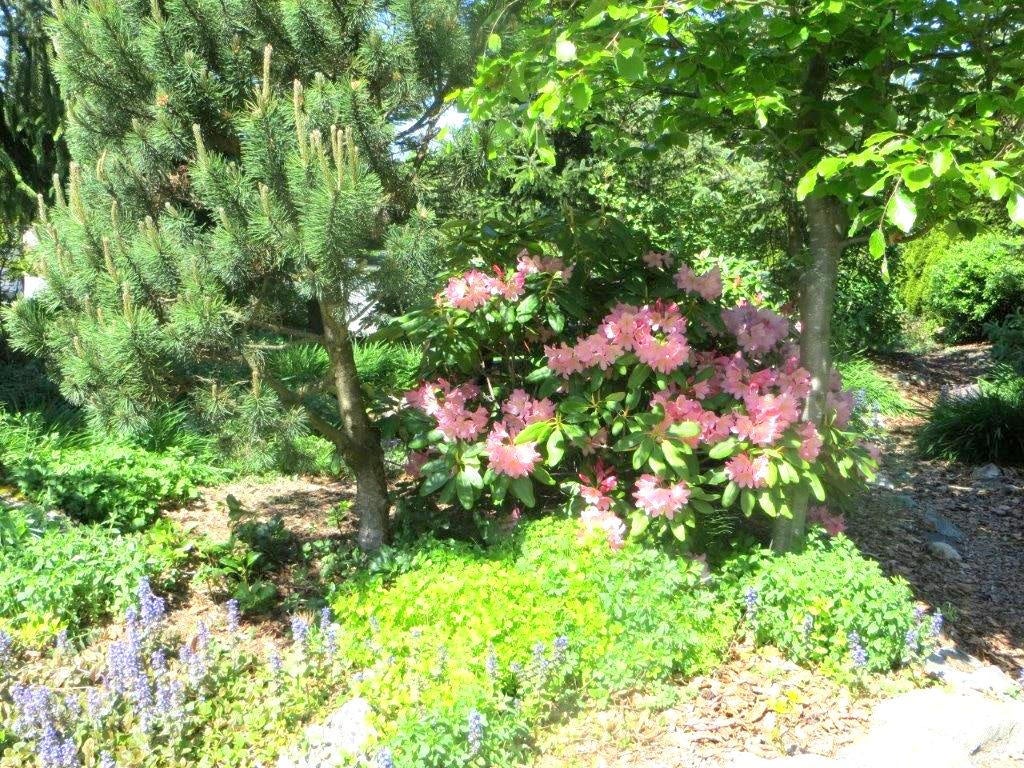Settling Berm Soil Issues – How To Alleviate Berm Soil Level Falling


Berms are useful to redirect water, as a visual enhancement and to screen off views. Soil settling in berms is natural and normally poses no problem except a small loss in elevation. If your berm is getting smaller to an alarming degree, however, it is probably built incorrectly or is experiencing a drainage problem. This is a challenging situation to remedy unless you completely rebuild the berm. Some possible solutions found in this article may help you correct settling berm soil.
Why Soil in Berm is Settling
For architectural appeal, few things are as attractive as a well planted berm. Berms offer the opportunity to change the topography of your landscape. Most berms are built with organic matter such as compost. This will rot over time and cause soil settling in berms. Another factor when soil in berm is settling is drainage. The first step to fixing the problem is identifying the cause.
Drainage Issues in Berms
A properly built berm will still always settle some, but berm soil level falling rapidly may be due to erosion. Excess water will pull the soil away much like a mini mudslide. The use of a base of gravel or sand as well as drainage ditches can help alleviate such soil loss. In existing berms, French drains that draw water away from the berm can help. Watch the landscape carefully to determine where pooling occurs and which direction is best to move the water. French drains are fairly easy to make with a shovel and some fine gravel. Dig drainage trenches at least 8 inches (20.5 cm.) deep and fill with gravel. Alternatively, you can put in perforated pipe and top with the gravel.
Organic Matter and Settling Berm Soil
If your berm is getting smaller rapidly, the organic matter and trapped air are the likely culprits. Over time, the natural matter will rot and compact. Additionally, the air pockets will be pushed out from the weight of the soil and water compaction. Normally, this is not a big deal unless your berm is suddenly almost flat. The solution is to compact it manually while building it and to use a base of sand which can be compacted at installation. Planting right after installation can also help. Use plants that will cover the berm and root rapidly. Their roots will help hold soil in place and reduce berm soil level falling.
Erosion in Arid Regions
Erosion from water is common but so is erosion in dry areas. Wind will whisk away the top layers of the berm when it is dry. Keeping some moisture on the berm will help preserve the soil. Planting also helps when a berm is getting smaller. Use ground cover to shield the berm soil. Compacting the soil when it is moderately wet will improve soil density and load support. Spread bark mulch over the berm to help hold soil down and prevent wind loss. In the end, it is preparation at installation which will help prevent a sinking berm, but even with that some settling will occur naturally.
Sign up for the Gardening Know How newsletter today and receive a free copy of our e-book "How to Grow Delicious Tomatoes".

Bonnie Grant is a professional landscaper with a Certification in Urban Gardening. She has been gardening and writing for 15 years. A former professional chef, she has a passion for edible landscaping.